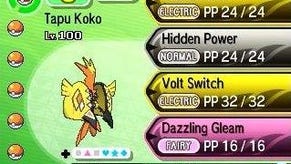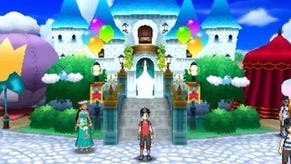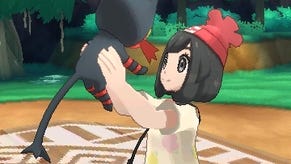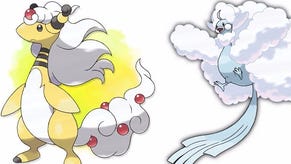How the Pokémon world is changing for good
Pokémon Grows.
OK, before you read this piece, I want you to do two things for me. First, I want you to think about how long (in hours) you've played Pokémon for. And second, I want you to try to remember the names of as many towns and cities in the games as you can.
If you've tried to do the second and suddenly found yourself stumped, don't worry. Despite the hundreds of hours I've put into the game, I was pretty much done with towns and cities from the world of Pokémon once I'd said Pallet and Lavender Town.
What this shows, I hope, is that the series' in-game worlds have always been pretty unmemorable. Despite the great times most of us have had playing games in the series, it's clear that their virtual landscapes have made little impact on our mental maps.
That, however, is starting to change. Alola and Kalos, the two areas of the Pokémon world that players have most recently explored, have proven more memorable than their older counterparts.
And the reason why this happens is that the introductions of new worlds into Pokémon hasn't just given the game a fresh skin. By giving each in-game world more character, Pokémon's mechanics have been given room to evolve. And with that room comes the growth and improvement that is keeping the series relevant today.
Before we can explain why the changing nature of Pokémon worlds is allowing the modern games to thrive, it's important to recognise that every Pokémon world - even in the newest games - were designed with one purpose: to encourage the player to fight with their Pokémon.
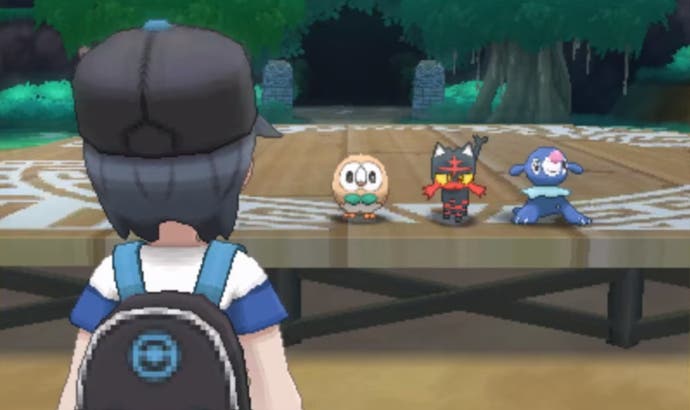
Battling is the beating mechanical heart of the series that pumps blood everywhere else. It creates bonds with your Pokémon, allows you to discover (and capture) new ones, advances the plot and is the main way the player interacts with the world around them.
This means that battling becomes an essential part of the three objectives of every Pokémon game: the quest to become Pokémon Champion, the desire to defeat the baddies and the drive to complete the Pokédex.
But to sustain the motivation, the world has to drive the player on to the next fight. That means designing a world where players are continually encouraged to find the next battle for their Pokémon.
This design motive governs every Pokémon world. Route numbers ascend as you pass through the map of the world. Cities exist to provide rest spots, landmarks for plot points and gyms to battle. And every map loops you around the world, dropping you back at the beginning once you've completed the game. As a result, the principle requirement of any Pokémon world is that it keeps you moving but provides enough of a supporting shell to feel as if the world you're inhabiting is real.
In the earliest games in the series, that meant creating simple maps inspired by regions of Japan to provide just enough backstory and biodiversity to help the player along.
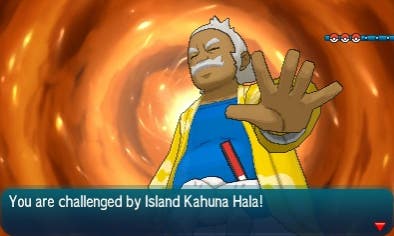
Kanto, Johto, Hoenn and Sinnoh - the first four worlds - were each based on regions of Japan to help provide a sense of cultural character and a geographical base for the creators to build on.
But while they were inspired by regional geography and history when creating their worlds, it was mostly used for relatively mundane purposes.
In Gold and Silver, two famous towers from Kansai region - the Kinkakuji and Ginkakuji towers - were repurposed into the game as the Burnt and Tin Tower simply to provide a home for two legendary birds.
And more egregiously, Junichi Masuda, a director at Game Freak and creator of the world of Hoenn from Ruby and Sapphire, admitted on the company blog that he rotated the region of Kyushu by 90 degrees to create the in-game world because it improved "playability" within the game.
In short, it meant that Pokémon worlds were designed to act as fun environments to play in rather than convincing worlds of their own. That is, of course, fine and understandable from a game design perspective - particularly when the series was at its freshest.
But as the series reached its tenth birthday, complaints about the staleness of the main in-game mechanics were beginning to set in.
The cut and paste bad guys and the cookie cutter Pokémon League narrative drove down the desire to catch over 350 monsters. And while the worlds of Hoenn and Sinnoh in later games were both reasonably interesting, the lack of major change in them contributed to the sense of stagnation in the series.
That's why Game Freak flipped their approach to the way they made worlds in the final DS game Pokémon Black and White.
Inspired by press trips abroad, Masuda decided to model that game's world - Unova - on New York State.
Taking the game abroad allowed his team to create a world infused with a different set of cultural touchstones, such as the New York Metro, the Brooklyn Bridge and, slightly weirdly, some Jamaican influences.
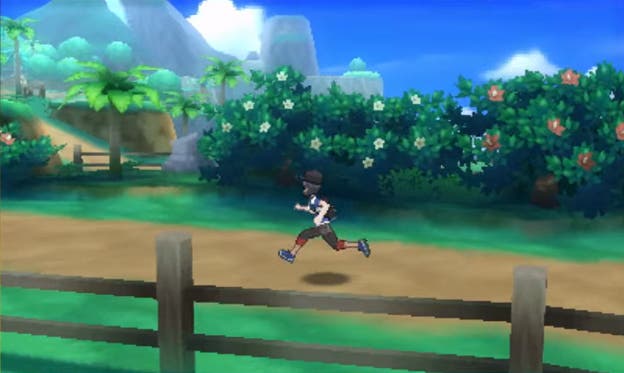
Introducing an entirely new cast of Pokémon to capture on this continent, recasting the structure of Pokémon centres and introducing mechanics to support shorter burst of plays (such as mid route healing), Black and White was the crucible for both a meaningful change in the game mechanics and for the realisation that new worlds provide the ultimate cover for changing mechanics that were previously set in stone.
While this was apparent in X and Y's Kalos, where the introduction of grooming and a set of bad guys with the spirit of revolution felt disgracefully French, Sun and Moon's introduction of new mechanics for the world of Alola has shown just how important Game Freak's discovery could prove for the future of the series.
In the course of a single game, the company has: chucked the Pokémon League model in favour of Totem Pokémon, Trial Captains and Kahunas; introduced diversity of species to allow it to introduce the fewest number of monsters to a game in the series ever (50) without anyone noticing it; created a world in the form of Alola that feels exotic, relaxed and wonderfully different all at the same time.
This is significant because it shows how the team at Game Freak are increasingly wrapping their heads around the benefit of world building. Alola works so well because it maintains all the usual structure of a Pokémon game (numbered routes, city stop off points, big baddies to defeat) while adding flavour of its own. It's jazz-like in its structure, improvising on top of a hard-earned set of skills to the best effect possible, and this makes it all the easier to enjoy it.
The question is whether Game Freak can maintain it. Will the company take players to a different locale next time out? Or will they return to Japan and use the lessons learned abroad to bolster the domestic Pokémon worlds?
Either way, it's clear that the ever-growing world that the Pokémon game inhabits is helping its creators to take the series onwards. Like students on a gap year, Game Freak is clearly discovering more about itself the more it broadens its horizons.
And this can only be good for fans hoping for more memorable Pokémon cities like, erm, whatever-its-name-is, in the future.




